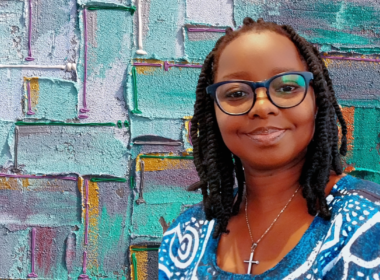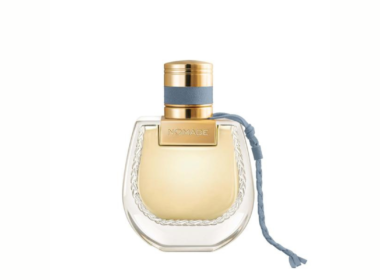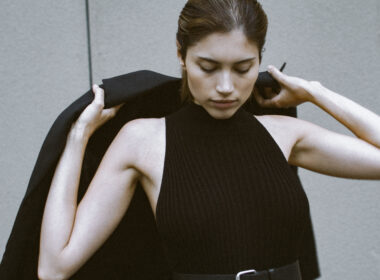Anyone can get a tattoo, your first or next tattoo is just a parlour away. Where I come from, in Africa, tattoos and body scarifications are one of the oldest forms of body art, but more than the artistic aspect of them, they hold cultural, historical, and personal significance or meaning. They symbolise various aspects of the wearer’s heritage, beliefs, and life journey. One major function of tribal marks in the body is the recognition and differentiation of tribes. From a person’s marks, you could tell as much as their tribe, social status, and marital status. Also, it could just be art. Just art, with no strings attached.
Origins and Historical Significance
Tribal tattoos have been practiced for thousands of years across various cultures, each with its own unique style and symbolism. One of the most notable origins is:
Maori Tattoos
You’ve probably come across videos on the internet of a tribe performing Haka with aggressive facial expressions and synchronised vigorous movements like slapping of the chest, clapping, and stamping of feet. A common feature is the facial tattoo done on the chin. Those, my friends, are the Maori people of New Zealand. They practice a form of tattooing known as “ta moko.” The chin tattoo is just one of the varieties. These tattoos are not just body art but are deeply integrated into Maori culture. Ta moko designs are unique to the individual, often reflecting their lineage, social status, personal journey, and achievements.

Historically, ta moko was more than decoration—it was a rite of passage, a mark of social rank, and a connection to ancestry. Men typically received moko on their faces, buttocks, and thighs, while women wore moko on their lips and chins. Each ta moko is unique, telling the story of the wearer’s genealogy, social status, and personal achievements. The process of receiving a moko was often accompanied by rituals and ceremonies, underscoring its significance. It was considered a sacred practice, involving strict protocols and conducted by a highly respected artist known as a “tohunga ta moko.”
Common Motifs:
Koru (Spiral): Inspired by a prevalent unfurling fern frond in New Zealand, the Kory design represents new life, growth, and harmony.
Manaia (Guardian Figures): These figures, often depicted with bird-like heads, symbolise protection and balance between the sky, earth, and sea.
Pakati (Dog Skin Cloak Pattern): Symbolises warrior status and courage, often found on the face and limbs of the wearer.
Unaunahi (Fish Scales): Represents abundance and health and are frequently seen in designs covering larger areas of the body.
More Like This:
African Tribal Attires and Their Remarkable Significance
Naomi Campbell at 54: A Legacy of Resilience and Reinvention
Happy Face | We Care About Your Facial Skin, Do You?
Abstract Art in Modern Interior Design: How to Elevate Your Living Space
Placement and Meaning of Tattoo
The location of a moko on the body is as significant as the design itself. For example, facial moko are considered the most prestigious and sacred, with different parts of the face representing various aspects of the wearer’s identity and heritage. The left side often indicates the father’s lineage, while the right side signifies the mother’s lineage.
After European colonisation and subsequent cultural suppression, the practice of ta moko declined significantly. However, in recent times, there has been a revival of this art form, driven by a resurgence of Maori cultural pride and identity. Contemporary moko artists blend traditional techniques with modern tattooing methods, ensuring the practice evolves while respecting its roots.











